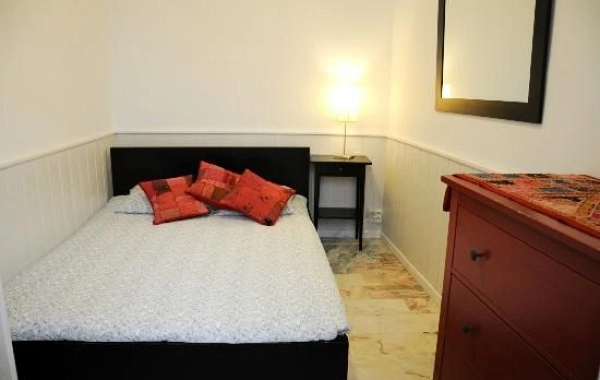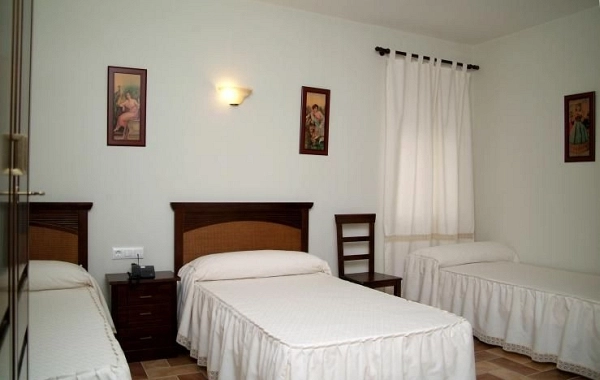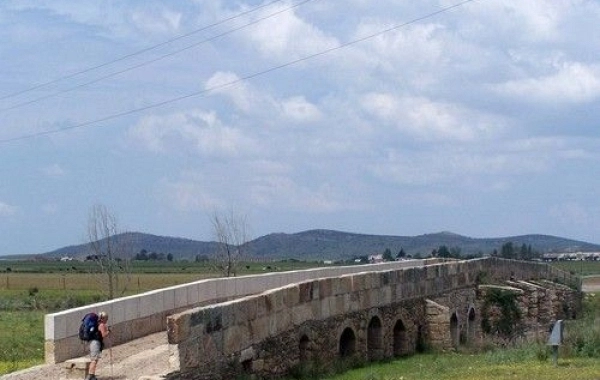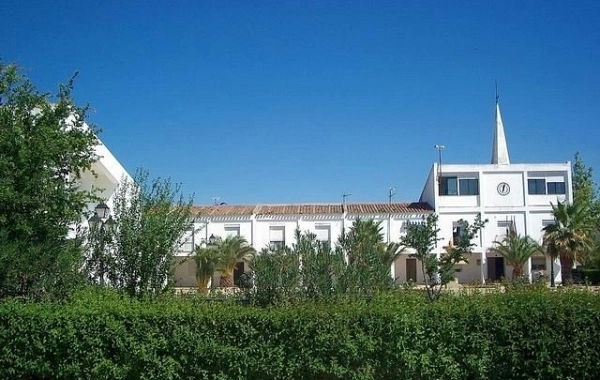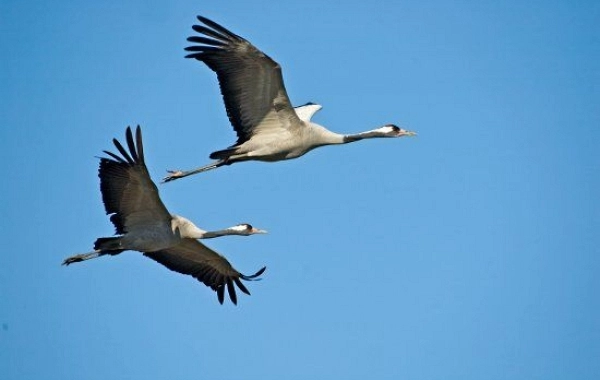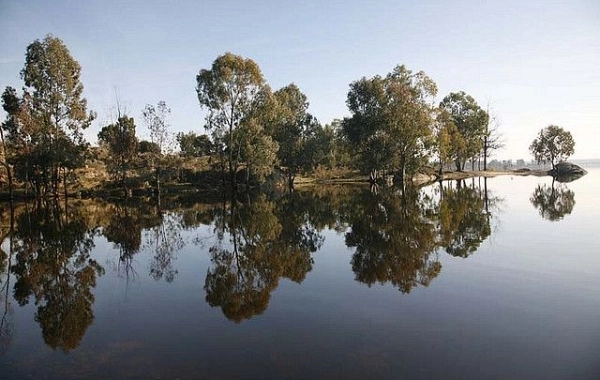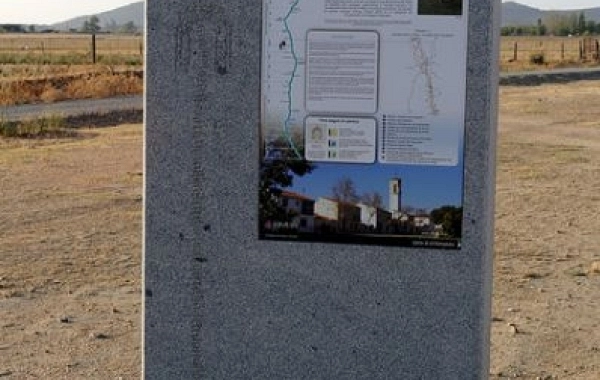VP10 - Alcuéscar - Valdesalor - 25,7 km
Distance26 Km.Related packages
Stage of the Camino de Santiago: Alcuéscar to Valdesalor
In this stage of the Camino de Santiago, pilgrims will depart from Alcuéscar and move through rural landscapes, oak forests, and meadows, following a route that is peaceful yet filled with history. This stage connects to emblematic points of the Via de la Plata, bringing pilgrims ever closer to Compostela.
Departure from Alcuéscar: Towards the Sports Complex
Our walk begins in Alcuéscar, heading towards the Sports Complex, located about 800 meters from the hostel. From there, we take a track to the left, situated between the N-630 and the Ayuela Reservoir. As we proceed, we are surrounded by meadows and oaks, which will accompany us throughout much of the journey.
Crossing the Roman Bridge and Casas de Don Antonio
On our path, we cross a Roman bridge that leads us towards Casas de Don Antonio. If we decide to venture into the village, we descend along a path that connects us to Aldea del Cano. In this section, we follow the old path parallel to the N-630, an ancient road of the Via de la Plata, and encounter a milestone, a historical symbol of the Roman route.
Direction to Aldea del Cano
We continue our route towards Aldea del Cano, a picturesque village that can either be visited or simply passed through. From there, we cross the road to the station and pass beneath a highway. We then enter once again into a landscape of oaks and meadows.
Towards Valdesalor: The Aerodrome and the Salor River
Following the path, we reach a take-off strip at the Cáceres Aerodrome, which we cross before continuing for another kilometer to a junction. From there, we head straight ahead and descend to find a Roman bridge over the Salor River, which finally leads us to Valdesalor.
History of Valdesalor: A Young Village with Historical Roots
Although Valdesalor is a young village, founded in 1963 by the Colonization Institute to take advantage of the irrigation area near the Salor Reservoir, it is situated in an environment rich in history. This village is located on the ancient Via de la Plata, one of the most emblematic routes of the Camino de Santiago.
Archaeological excavations in the area have uncovered remains of the Roman road, as well as over 150 denarii, coins issued during the Sertorian Wars, a historical conflict between Sertorius and Quintus Caecilius Metellus.
End of the Stage: Valdesalor
Upon reaching Valdesalor, pilgrims will have completed a stage full of history and natural beauty. From here, they can continue their journey towards Compostela, following the Via de la Plata route.
Stages
- VP01 Sevilla - Guillena , 22 km
- VP02 - Guillena - Castilblanco de los Arroyos - 19 km
- VP03 - Castilblanco de los Arroyos - Almadén de la Plata - 29,5 km
- VP04 - Almadén de la Plata-Monesterio - 34,5 km
- VP05 - Monesterio-Fuente de Cantos - 21,6 km
- VP06 - Fuente de Cantos - Zafra - 24,6 km
- VP07 - Zafra - Almendralejo - 36,7 km
- VP08 - Almendralejo - Mérida - 29,6 km
- VP09 - Mérida - Alcuéscar - 36 km
- VP10 - Alcuéscar - Valdesalor - 25,7 km
- VP11 - Valdesalor - Casar de Cáceres - 22,8 km
- VP12 - Casar de Cáceres - Cañaveral - 33,2 km
- VP13 - Cañaveral - Galisteo - 28 km
- VP14 - Galisteo - Cáparra - 29,5 km
- VP15 - Cáparra - Baños de Montemayor - 28,5 km
- VP16 - Baños de Montemayor - Fuenterroble de Salvatierra - 32,9 km
- VP17 - Fuenterroble de Salvatierra - San Pedro de Rozados - 28 km
- VP18 - San Pedro de Rozados - Salamanca - 23,4 km
- VP19 - Salamanca- El Cubo de la Tierra del Vino - 35 km
- VP20 - El Cubo de la Tierra del Vino - Zamora - 31,6 km
- VP21 - Zamora - Montamarta - 18,5 km
- VP22 - Montamarta - Granja de Moreruela - 22,7 km
- VP23 - Granja de Moreruela - Benavente - 25,5 km
- VP24 - Benavente - Alija del Infantado - 22,1 km
- VP25 - Alija del Infantado - La Bañeza - 20,5 km
- VP26 - La Bañeza - Astorga - 24,2 km




